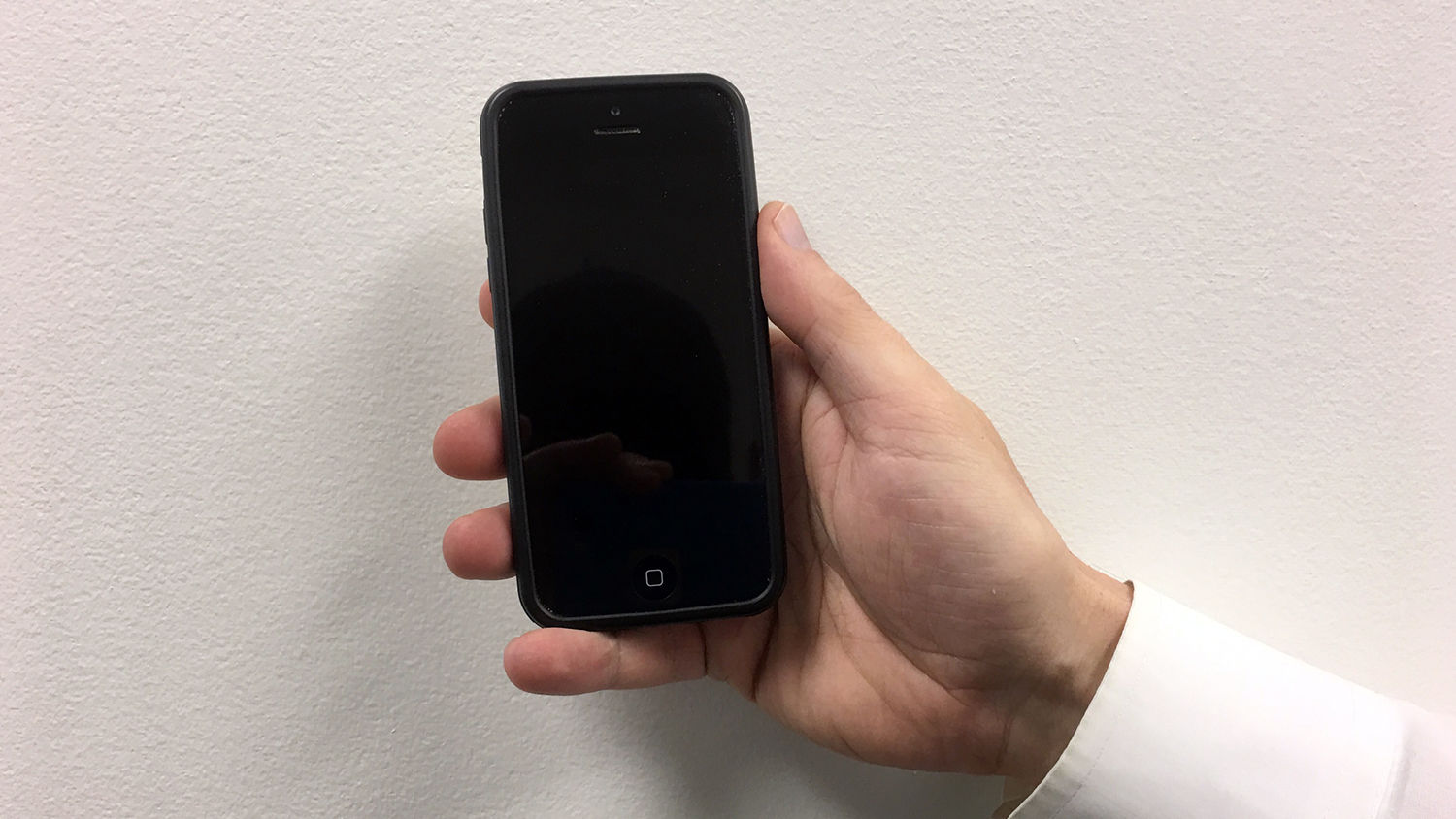New Technique Offers Rapid Assessment of Radiation Exposure

For Immediate Release
Researchers from North Carolina State University have developed a new technique that allows them to assess radiation exposure in about an hour using an insulator material found in most modern electronics. The technique can be used to triage medical cases in the event of a radiological disaster.
“If there is a large radiological event in a populated area, it would be difficult or impossible to treat everyone who could potentially have acute radiation syndrome,” says Robert Hayes, an associate professor of nuclear engineering at NC State and first author of a paper on the work. “You’d need to be able to figure out who was exposed to enough radiation to require treatment.”
The approach relies on testing crystalline insulators found in everything from thumb drives to smartphones. Because the technique is high-throughput, accurate and precise, it can adequately assess an individual’s exposure in about an hour, Hayes says. Prior methods can take weeks.
“Given that health providers have a one- to two-week window to start treating victims of acute radiation syndrome, the technique should be sufficient to identify which patients require the necessary care,” Hayes says. “It could not only identify individual cases of acute radiation syndrome, but also help authorities determine which geographic areas received the most radiation.
“But it’s not just about identifying those that require care,” Hayes says. “For example, our technique might have been useful in a place like Fukushima, for putting people’s minds at ease. It’s like having your own personal radiation detector.”
The technique requires the insulator to be removed from its electronic device and cleaned. The sample is then placed in a thermally stimulated luminescence reader, which collects spectra relating to the number of electrons found in the flaws inherent to the sample’s crystalline structure. That spectral data is then fed into a custom algorithm that calculates the sample’s radiation exposure.
“This technique requires specialized equipment and expertise, so it’s not something most locales would have on hand,” Hayes says. “But labs like mine could run the tests and provide the authorities with good data very quickly. In addition to NC State, I know there’s another lab with relevant expertise and infrastructure at Oklahoma State University, and one in Denmark, though there are likely others.
“Hopefully, this technique won’t be necessary for a long time, if ever. But we think it’s important to develop these tools before they are needed.”
The paper, “Retrospective dosimetry at the natural background level with commercial surface mount resistors,” is published in the journal Radiation Measurements. The paper was co-authored by Ryan O’Mara, a Ph.D. student at NC State. The work was done with support from the Nuclear Regulatory Commission under grant number NRC-HQ-84-14-G-0059. The work was also done with support from NC State’s Consortium for Nonproliferation Enabling Capabilities, which is sponsored by the Office of Defense Nuclear Nonproliferation R&D of the National Nuclear Security Administration.
-shipman-
Note to Editors: The study abstract follows.
“Retrospective dosimetry at the natural background level with commercial surface mount resistors”
Authors: Robert B. Hayes and Ryan P. O’Mara, North Carolina State University
Published: Dec. 11, 2018, Radiation Measurements
DOI: 10.1016/j.radmeas.2018.12.007
Abstract: A single aliquot regenerative (SAR) protocol utilizing thermoluminescence demonstrated precise and accurate retrospective dosimetry capability using common commercial surface mount resistors at levels able to discriminate the age of resistors based on background dose accrual. Detection limits below 10 mGy can be realized with this method with precision at the 1 Gy level in the range of only 3%, which is substantially better than that required for emergency response dosimetry. Moreover, these dose estimates could be obtained in mere hours rather than current biodosimetry methods, which can take weeks.
- Categories:


